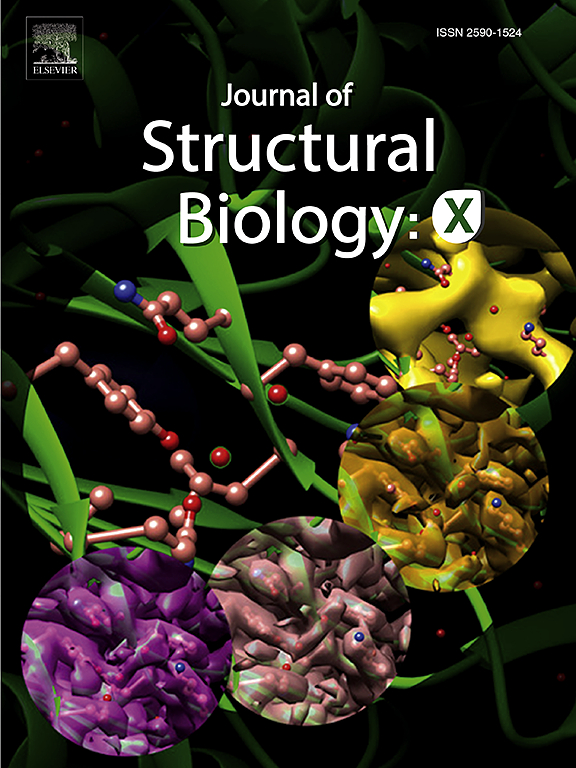Characterization of NMDA receptor Allostery modulation
IF 2.7
3区 生物学
Q3 BIOCHEMISTRY & MOLECULAR BIOLOGY
引用次数: 0
Abstract
NMDA receptors are subject to numerous endogenous and exogenous allosteric regulations, which are essential for their complex pathophysiological functions in the brain, and serve as a basis for therapeutic targeting. However, the structural basis of many of these allosteric mechanisms remains unclear. In this study, we first utilized AlphaFold to predict the structural conformations of different NMDA receptor subtypes. Subsequent comparative analyses with experimentally resolved protein structures, coupled with validation using disulfide bond formation, revealed the high precision of these computational predictions. Based on these structures, we systematically investigated the allosteric regulation of NMDA receptors using RoseTTAFold-All-Atom. Our findings elucidated the binding sites of several allosteric modulators across different NMDA receptor subtypes and identified the key amino acids required for binding. These results reveal the structural basis of NMDA receptor allosteric regulation, providing new insights into its physiological and pathological roles, and offering potential avenues for drug development.
NMDA受体变构调节的表征
NMDA受体受多种内源性和外源性变构调节,这是其在大脑中复杂病理生理功能所必需的,也是治疗靶向的基础。然而,许多这些变构机制的结构基础仍不清楚。在本研究中,我们首先利用AlphaFold预测不同NMDA受体亚型的结构构象。随后与实验解决的蛋白质结构的比较分析,加上使用二硫键形成的验证,揭示了这些计算预测的高精度。基于这些结构,我们使用RoseTTAFold-All-Atom系统地研究了NMDA受体的变构调节。我们的研究结果阐明了几种不同NMDA受体亚型的变构调节剂的结合位点,并确定了结合所需的关键氨基酸。这些结果揭示了NMDA受体变构调节的结构基础,为其生理和病理作用提供了新的见解,并为药物开发提供了潜在的途径。
本文章由计算机程序翻译,如有差异,请以英文原文为准。
求助全文
约1分钟内获得全文
求助全文
来源期刊

Journal of structural biology
生物-生化与分子生物学
CiteScore
6.30
自引率
3.30%
发文量
88
审稿时长
65 days
期刊介绍:
Journal of Structural Biology (JSB) has an open access mirror journal, the Journal of Structural Biology: X (JSBX), sharing the same aims and scope, editorial team, submission system and rigorous peer review. Since both journals share the same editorial system, you may submit your manuscript via either journal homepage. You will be prompted during submission (and revision) to choose in which to publish your article. The editors and reviewers are not aware of the choice you made until the article has been published online. JSB and JSBX publish papers dealing with the structural analysis of living material at every level of organization by all methods that lead to an understanding of biological function in terms of molecular and supermolecular structure.
Techniques covered include:
• Light microscopy including confocal microscopy
• All types of electron microscopy
• X-ray diffraction
• Nuclear magnetic resonance
• Scanning force microscopy, scanning probe microscopy, and tunneling microscopy
• Digital image processing
• Computational insights into structure
 求助内容:
求助内容: 应助结果提醒方式:
应助结果提醒方式:


